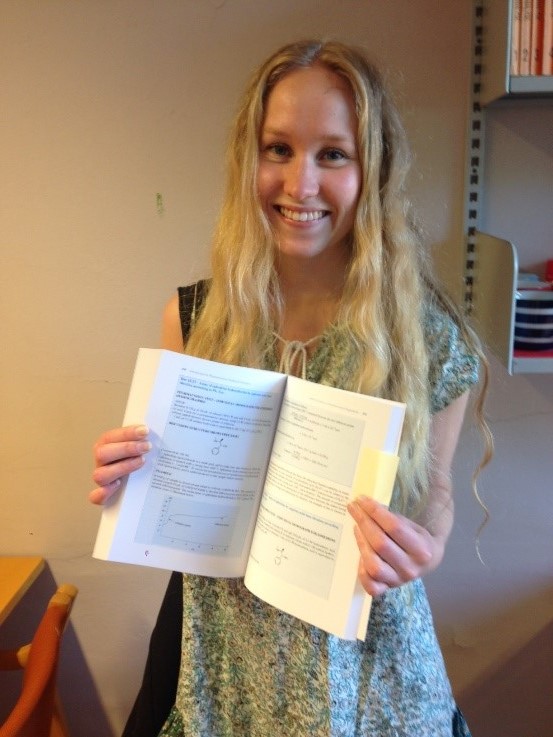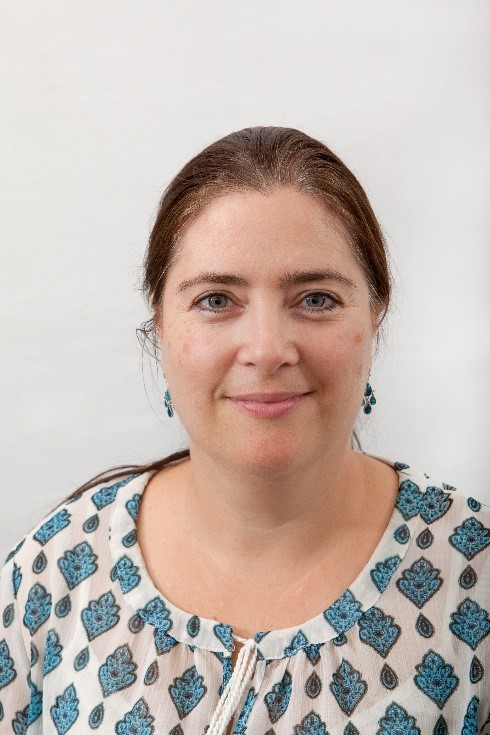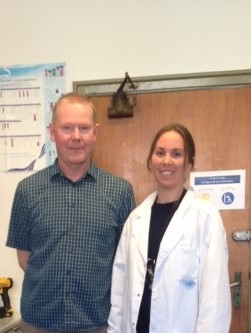Published
Apr. 26, 2019 9:37 AM
This summer, a new postdoctoral fellow will join our group for three years, working on the project entitled “Electrophoresis across liquid membranes – extraction of peptides according to isoelectric point”. The Norwegian Research Council under the FRIPRO-program funds this project. From next summer, a PhD student will be part of the project (position will be announced in the spring 2020), and the aim is develop electromembrane extraction (EME) for highly selective extraction of peptides. This is an important step forward and part of our strategy, namely to develop EME for more and more complex biomedical applications.



